Industrial hydraulic motors, sometimes called hydraulic fluid motors, are motors that use the concept of hydraulics in order to generate a force that can be used to power numerous applications. The study of hydraulics says that, because most fluids are incompressible, if a fluid is placed inside a closed system and then force is applied to it, at some point, this force will move through it to another point. Read More…
Bosch Rexroth is a global leader in manufacturing industrial hydraulics, including proportional and servo valves. Directional control, high response, flow control, pressure relief, pressure reducing, and servo valves name some of our products. Our rugged valves are a perfect fit your electrohydraulic control applications. A variety of models are available for your viewing on our website.

An employee-owned company, Hydraquip is a distributor of fluid power products, including hydraulic motors from Hydro-Gear, Hydrokraft, Rineer Hydraulics, Rotary Power, Sauer Danfoss, Ultra, Vickers and Von Ruden. Since 1951, we have been serving the fluid power industry.

Parker's Hydraulic Pump and Power Systems Division provides a broad selection of piston pumps, hydraulic motors and power units that help our customers meet their industrial and mobile application needs. If you are looking for cutting-edge hydraulic motors that offer superior performance and exceptional value, Parker's Hydraulic Pump and Power Systems Division is your trusted partner.

Founded 40 years ago, Innerspace designs, develops and manufactures top-quality, efficient propulsion systems for marine vehicles. Our product capabilities include hydraulic products such as hydraulic motors and customized hydraulic systems. Check out our website for more information.

For over 50 years, MacTaggert Scott has been in the hydraulic motor business. Our radial piston hydraulic motors are used in various markets such as marine, offshore and defense. If you are looking for a hydraulic motor that runs quietly and efficiently, MacTaggert Scott is your answer. Call us today!

More Hydraulic Motor Manufacturers
Technically, hydraulic motors are mechanical actuators; they convert pressure into rotational hydraulic energy and torque. They are also the rotary counterpart of hydraulic cylinders. Because hydraulic motors are driven by engines, they may also be called hydraulic drive motors.
Broadly, hydraulic motors serve the construction, automotive, agriculture, forestry, manufacturing, military, waste management and recycling, aerospace, marine, and oil and energy industries.
They are designed to serve equipment and machinery that need strong pressurized actions to power their functions or parts of their functions. These are functions that could not be supported by the lesser power produced by electric motors.
Hydraulic motors, for example, help raise the wing flaps of airplanes and power the lifting of industrial cranes. Some other of the many machines with which customers use hydraulic motors include agitator and mixer drives, crane drives and self-driven cranes, conveyor and feeder drives, drilling rigs, cars and trucks, drum drives for digesters, high-powered lawn trimmers, the wheel motors of military vehicles, shredders, trench cutters, trommels, kilns, excavators, marine winch drives, and plastic injection machines.
History
The first hydraulic motors were born during the Industrial Revolution, when industrialist William Armstrong started working on ways to make hydraulic power more efficient. One of the first results of his efforts was his invention of the water powered rotary engine. While his contemporaries did not make much use out of his engine, it did serve as an example of a working hydraulic powered rotary actuator upon which later inventors could build. Later, Armstrong designed the hydraulic motor used to power the Swing Bridge positioned over the River Tyne. His oscillating, single action engine featured three cylinders. Over the years, Armstrong designed many different hydraulic motors, used to power machines like hydraulic cranes and applications related mainly to bridges and docks.
Many of Armstrong’s designs wasted water because they used the same amount of water no matter the load size. This is because they featured fixed strokes and valves with cut-offs operators could not control. To remedy this, engineers such as Arthur Rigg began designing variable stroke hydraulic motors. Generally, operators were able to control water consumption and engine power by adjusting stroke. Arthur Rigg patented his engine design in 1886. It featured a three-cylinder radial engine, the stroke length of which operators could control using a double eccentric mechanism.
Since the Industrial Revolution, engineers have learned ways to use hydraulic power more efficiently and to achieve greater feats. Modern hydraulic systems power hydraulic equipment and products like bulldozers, cranes, kilns, hydraulic lifts, metalworking machines, and much more.
Design
Materials
For the best results, manufacturers build the interior hydraulic motor components and main hydraulic motor enclosure from a durable metal, like steel or iron, that can weather both high operating speeds and pressure.
Considerations
In order to build the best hydraulic motor possible, manufacturers must take a number of factors into consideration, including the state of the relief valves, fluid reservoir, and hydraulic pump. All of these components must all be endowed with levels of strength, capacity, and power that matches the needs of the fluid that will go through them. This fluid, in turn, must be chemically stable and compatible with the metals with which the motor is made, and it must be a good lubricant.
Some of the motor components that manufacturers can customize include torque (starting torque, torque output, breakaway torque, running torque, etc.), motor size, motor range, presence of pistons and shafts, pressure fluid level, and resistance rating.
Features
Hydraulic motors are constructed with a fair amount of simplicity. Its three main parts are the hydraulic pumps, reservoir, and cylinder. Of course, a hydraulic motor, or hydraulic pump motor, would be nothing without the addition of pressurized fluid, usually a type of oil. This hydraulic component creates motion by pushing against it so that the motor’s rotating components spin all the more quickly and generate mechanical energy. Hydraulic motors often also feature input shafts and output shafts. Shafts assist in operation by applying fluid energy to the load.
To work, a small pneumatic engine pumps oil from the reservoir, where it goes from an inlet valve to an outlet valve and through a series of gears and cylinders or turning vanes, depending on the motor’s design.
Types
There are a few different types of hydraulic motors. The main ones, which are each named for the rotating component they use, are vane, gear, and piston hydraulic motors.
Vane motors function using a rotor contained inside a housing with an eccentric bore that has vanes that slide in and out of it. The sliding motion of the rotor vanes is created by a force differential brought on by an unbalanced force of pressurized fluid. While they are not as efficient as piston motors, vane motors are less expensive than piston motors.
Gear motors, or hydraulic gear motors, consist of a driver gear and an idler gear. To generate power in a gear motor, high pressure fluid is forced into one side of the gears, where it flows around the outskirts of the gears to the outlet port, where the gears then interlock and disallow the oil from flowing back out. Here, the gears rotate, generating energy.
Piston motors may use an axial piston pump or a radial piston pump. An axial piston motor pump consists of an odd number of pistons, arranged in a circle around a cylinder block, to regulate fluid pressure and flow. A radial piston motor pump, on the other hand, uses pistons mounted around an eccentrically-balanced center shaft, which either radiate inward or outward.
In addition to the basic motor types, there are a few different types of specialized motors, modified for semi-specific applications. These include hydraulic wheel motors, high speed hydraulic motors, high torque hydraulic motors, and gerotor motors.
Hydraulic wheel motors are built directly into wheel hubs, where they contribute the power the wheels require to rotate. Depending on the size of the machine and the power of the motor, a hydraulic wheel motor can control just one or multiple wheels.
High speed hydraulic motors provide higher than normal amounts of power by converting hydraulic pressure fluid into force with an elevated number of rotations per minute.
High torque hydraulic motors, on the other hand, achieve increased torque by running at low speeds, which is why they are often called low speed-high torque (LSHT) motors.
Gerotor motors, or generated rotor motors, are motors that consist of an inner and outer rotor. These hydraulic motors can also work as pistonless rotary engines.
Advantages
Hydraulic motors, as a type of actuator, may compete against several other types of motors and actuators in various applications. One common competitor is the electric motor. Electric motors have been widely used for many years, offering advantages such as simplicity, ease of control, and low maintenance requirements. However, hydraulic motors have some distinct benefits over electric motors in certain situations.
First, in high-torque and heavy-duty applications, hydraulic motors often outperform electric motors. Hydraulic systems can generate high levels of torque at low speeds, making them suitable for tasks that require significant power, such as construction equipment and industrial machinery. Electric motors may struggle to provide the same level of torque without increasing their size and complexity, leading to higher costs and reduced efficiency.
Another competitor for hydraulic motors is the pneumatic actuator. Pneumatic actuators use compressed air to generate motion and are commonly found in automation and robotics. While pneumatic actuators are suitable for lightweight and fast applications, they may not be as effective as hydraulic motors in handling heavy loads. Hydraulic motors can provide more precise and controlled movements, making them preferable for tasks that demand accuracy and stability, like steering systems in large vehicles and cranes.
In some cases, hydraulic motors may also compete against internal combustion engines. Although internal combustion engines are powerful and widely used in transportation and heavy machinery, hydraulic motors offer significant advantages in terms of energy efficiency and environmental impact. Hydraulic systems can recover and reuse energy, which reduces waste and improves overall efficiency. Additionally, with the growing emphasis on environmental concerns, hydraulic motors can be designed to use biodegradable fluids, making them a more eco-friendly option compared to traditional internal combustion engines.
In summary, hydraulic motors have several benefits over their competitors. When compared to electric motors, hydraulic motors excel in high-torque applications, providing more power at lower speeds. When pitted against pneumatic actuators, hydraulic motors offer better control and precision, making them suitable for heavy-duty and precise tasks. Finally, in comparison to internal combustion engines, hydraulic motors stand out for their energy efficiency and potential for eco-friendly operation when using biodegradable fluids. The choice of the most appropriate actuator will ultimately depend on the specific requirements of the application, but hydraulic motors undoubtedly offer unique advantages in many industrial and mobile machinery settings.
Accessories
Various accessories are essential to optimize the performance and reliability of hydraulic motors. Motor seal kits are vital components used to maintain the integrity of hydraulic motors by preventing leaks and ensuring proper sealing. These kits typically include O-rings, gaskets, and other sealing elements specific to the motor’s make and model. Pump seal kits serve a similar purpose but are designed for hydraulic pumps, ensuring that the hydraulic fluid is efficiently transferred without leakage.
Check valves additionally play a crucial role in hydraulic systems, allowing fluid to flow in one direction while preventing backflow. They are often used to maintain pressure, prevent system damage, and ensure efficient operation in various applications. Tubing, meanwhile, acts as the conduit for hydraulic fluid, connecting different components within the system. Choosing the right tubing material and size is crucial to minimize pressure loss and ensure smooth fluid flow.
Pumps are also essential accessories that generate the necessary fluid flow and pressure to drive the hydraulic system. Different types of pumps, such as gear pumps, vane pumps, and piston pumps, serve various applications based on flow rates, pressure requirements, and efficiency considerations. Hydraulic fluid, on the other hand, is the lifeblood of the hydraulic system, transmitting power and lubricating moving parts. It is crucial to select the appropriate hydraulic fluid based on the system’s requirements, such as temperature range, viscosity, and compatibility with system components.
Determining the need for these accessories largely depends on the specific application and the requirements of the hydraulic system. For instance, if there is a noticeable leak in a hydraulic motor or pump, a motor or pump seal kit may be required to address the issue. If precise control of fluid flow direction and pressure is necessary, check valves become essential. When setting up or maintaining a hydraulic system, the appropriate tubing, pumps, and hydraulic fluid must be selected based on factors like flow rate, pressure, temperature, and compatibility with system components.
To acquire these accessories, one can reach out to hydraulic equipment suppliers, manufacturers, or authorized distributors. They offer a wide range of products, including motor seal kits, pump seal kits, check valves, tubing, pumps, and hydraulic fluids. It’s crucial to provide the specifications and requirements of the hydraulic system to ensure the accessories are compatible and suitable for the application. Additionally, seeking advice from hydraulic experts or engineers can help one make informed decisions when selecting accessories and optimizing the performance of their hydraulic motors and systems.
Proper Care
Proper care and maintenance are crucial for ensuring the longevity and optimal performance of hydraulic motors. This involves several essential requirements. First, regular inspections are necessary to identify any signs of leaks, damaged hoses, worn seals, or other visible issues that could lead to potential problems. Keeping the hydraulic system clean is equally important, as it prevents contaminants from entering the motor and causing accelerated wear. Monitoring fluid levels and quality is also essential to ensure the hydraulic fluid remains at the proper level and meets the manufacturer’s specifications. Additionally, adequate lubrication of all moving parts helps minimize friction and reduces wear, contributing to smoother operation. Moreover, it is essential to follow the manufacturer’s maintenance schedule and guidelines to keep the hydraulic motor in its best condition, as different models may have specific recommendations. Finally, properly training operators in the correct usage of the hydraulic system ensures they are aware of the system’s limits and can respond appropriately to any abnormal conditions.
Properly caring for hydraulic motors offers numerous benefits that positively impact the overall efficiency and cost-effectiveness of the machinery or equipment they power. One of the key advantages is enhanced reliability, as regular maintenance and care reduce the likelihood of unexpected breakdowns and failures, leading to increased uptime and productivity. Furthermore, the extended lifespan of a well-maintained hydraulic motor translates to reduced need for frequent replacements, resulting in significant cost savings. The improved efficiency achieved through proper care, including clean filters, adequate fluid levels, and optimized lubrication, contributes to smoother performance and reduced energy consumption. Additionally, prioritizing maintenance ensures the safety of operators and those around the machinery, as well-maintained hydraulic motors are less likely to experience unexpected malfunctions. In conclusion, properly caring for hydraulic motors by fulfilling the necessary requirements yields numerous benefits, including enhanced reliability, extended lifespan, improved efficiency, cost savings, and increased safety, making it a wise investment for any hydraulic system owner.
Standards
Standards for hydraulic motors play a critical role in ensuring safety, quality, and interoperability within the industry. In the United States, several organizations set and regulate these standards. One of the key players is the Occupational Safety and Health Administration (OSHA), which enforces workplace safety regulations, including those related to hydraulic systems. OSHA’s involvement aims to protect workers from potential hazards and accidents associated with hydraulic motors.
The National Fire Protection Association (NFPA) is another significant organization that establishes standards for hydraulic systems, including hydraulic motors. NFPA’s standards focus on safety, performance, and design considerations, aiming to prevent fires and ensure proper installation and operation of hydraulic equipment.
The Society of Automotive Engineers (SAE) also plays a crucial role in the hydraulic motor standards development. SAE sets standards that cover various aspects of hydraulic systems, ranging from performance and efficiency to design and testing procedures. These standards help promote consistency and compatibility among different hydraulic motor products.
Furthermore, the American National Standards Institute (ANSI) is responsible for overseeing and accrediting the development of voluntary consensus standards across various industries, including hydraulic motors. ANSI ensures that the standards are developed in a transparent and balanced manner, with input from various stakeholders.
Internationally, the International Organization for Standardization (ISO) sets standards that are widely recognized and adopted by manufacturers and users worldwide. ISO standards cover aspects such as performance, dimensions, testing methods, and safety considerations for hydraulic motors.
Manufacturers who fail to comply with these standards may face various consequences, including legal liabilities, product recalls, or damage to their reputation. Compliance is crucial not only for adhering to legal requirements but also to ensure that their products are safe, reliable, and compatible with other components in hydraulic systems.
On the user’s side, failing to meet these standards can result in safety hazards, equipment failures, and potential accidents. Non-compliance with standards might lead to increased maintenance costs, reduced productivity, and potential legal implications if accidents or injuries occur due to faulty hydraulic motors.
For manufacturers, meeting these standards brings several benefits. Compliance ensures that their hydraulic motors are of high quality, perform consistently, and are safe for users. It also opens up opportunities for the products to be widely accepted in both domestic and international markets, leading to increased sales and brand credibility.
For users, choosing hydraulic motors that meet these standards provides assurance of safety, reliability, and performance. Compliant products are also more likely to integrate seamlessly into existing hydraulic systems, reducing compatibility issues and the risk of costly breakdowns. Moreover, using standardized hydraulic motors simplifies maintenance and replacement processes, ultimately contributing to more efficient and trouble-free operations.
In conclusion, various organizations, including OSHA, NFPA, SAE, ANSI, and ISO, play a significant role in setting and enforcing standards for hydraulic motors in the United States and internationally. Compliance with these standards is essential for manufacturers to ensure product quality and market acceptance while providing users with safe, reliable, and interoperable hydraulic motors for their applications. Non-compliance can result in serious consequences for both manufacturers and users, emphasizing the importance of adhering to these industry standards.
Things to Consider
If you are in the market for a hydraulic motor, you need to partner with a supplier that will drive you to success. Such a supplier will not only be experienced with a proven track record but will also offer you tangible advantages such as the ability to deliver high quality products within your budget, the assurance that they will work within your timeframe, the assurance that they will produce a product that meets your standard requirements, the ability to deliver to you, and the agreement to meet any post-delivery services you require (parts replacement, hydraulic repair, etc.).
Find a supplier like this by checking out the hydraulic motor manufacturers we have listed on this page. All of those we have listed are highly capable hydraulic service providers that have proven themselves many times over. Their information is dispersed evenly throughout the page, wedged in between our industry info paragraphs. For the best results, we recommend you pick three or four you believe have the potential to best meet your specifications, and then reach out to each of them individually to discuss said specifications. Once you have done that, compare and contrast those conversations, and pick the right one for you.


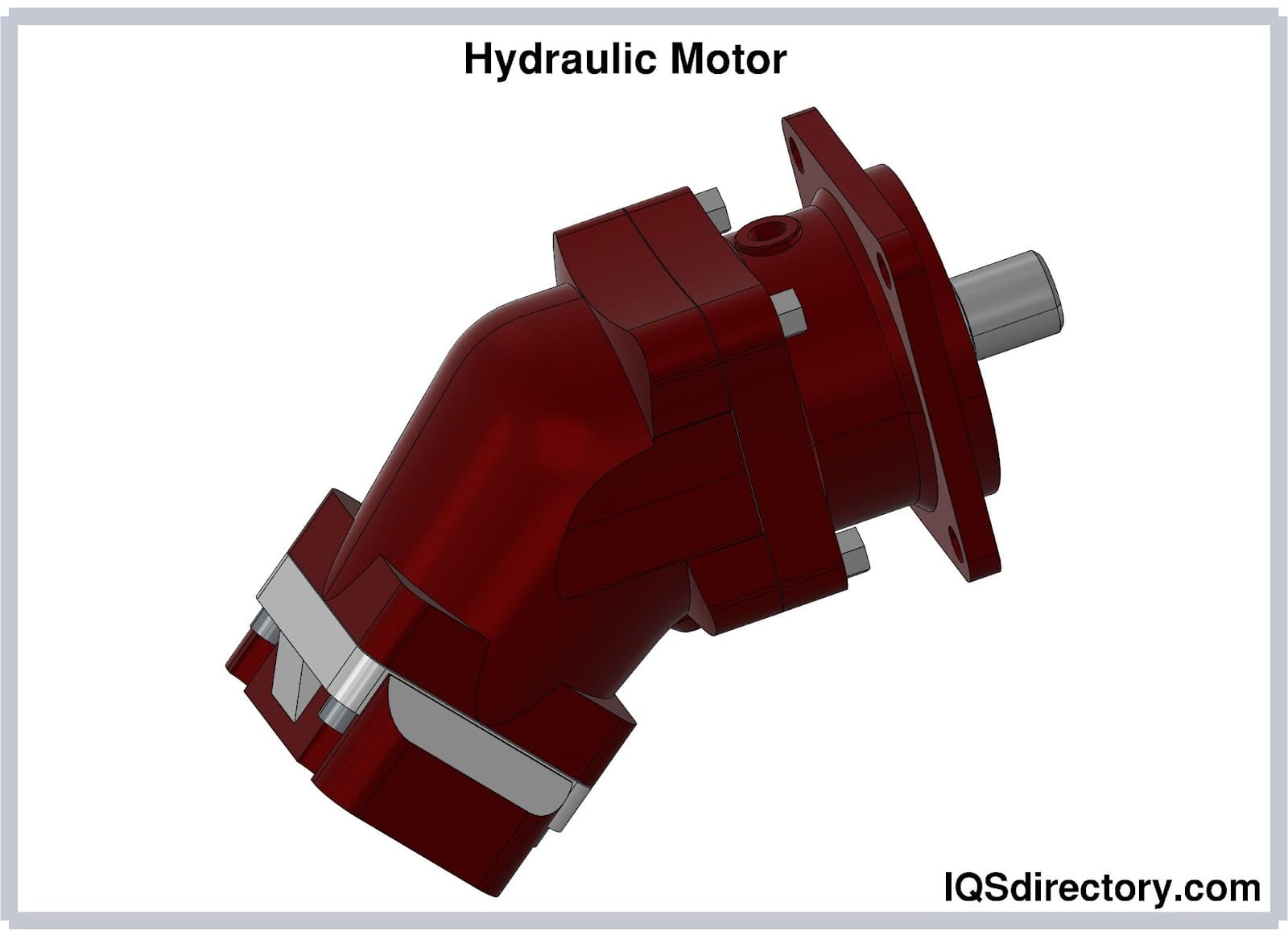
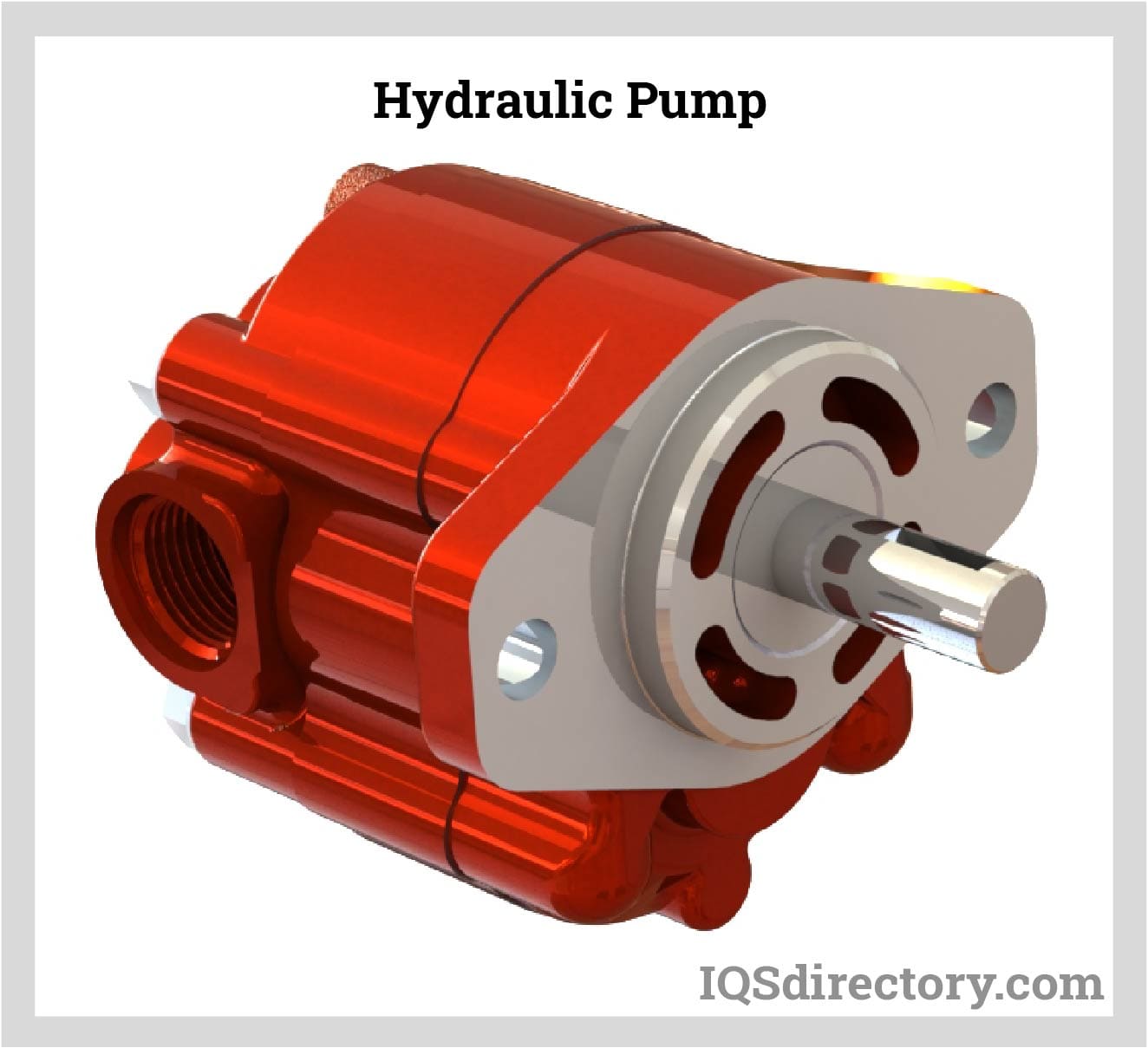
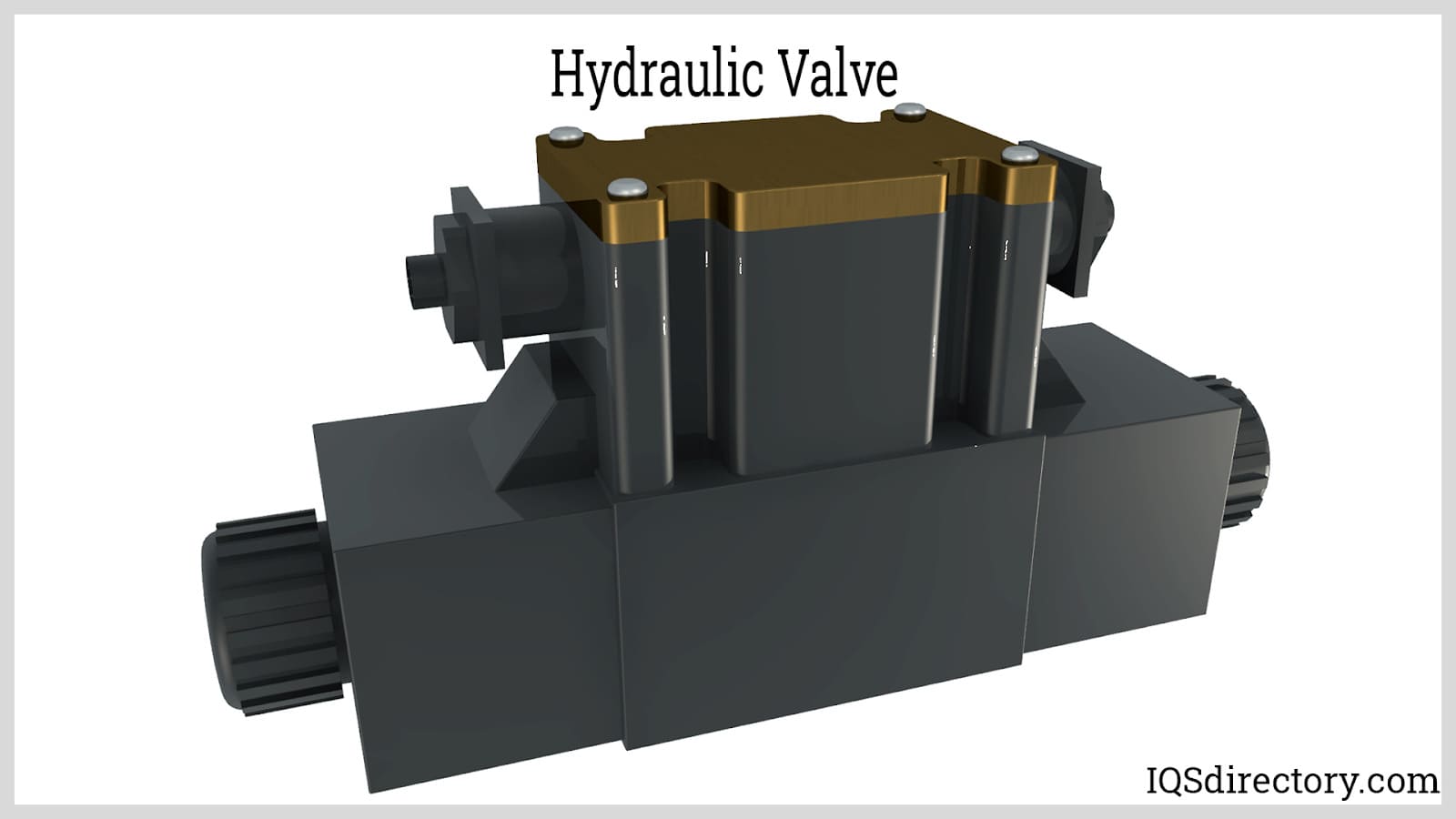
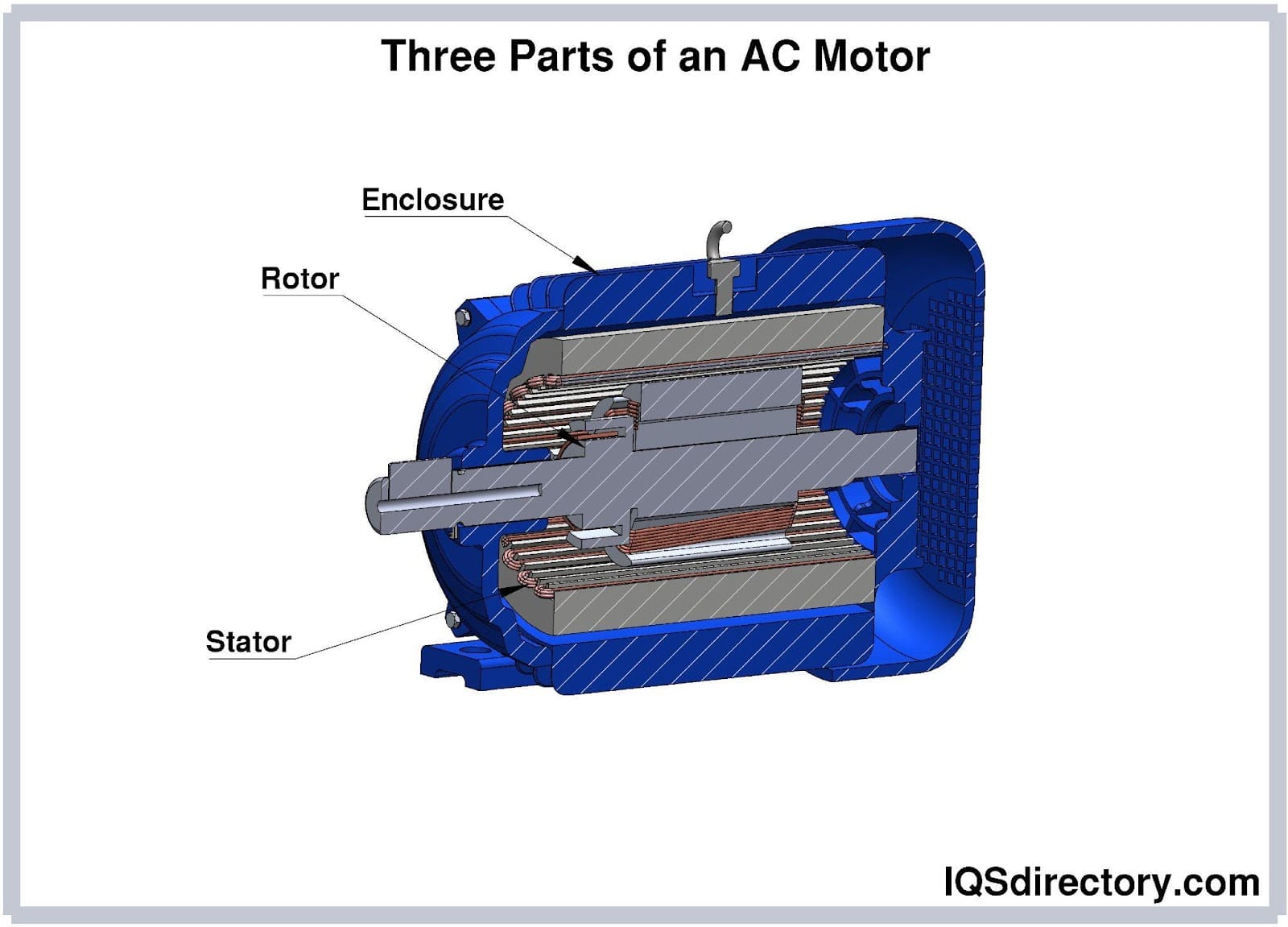
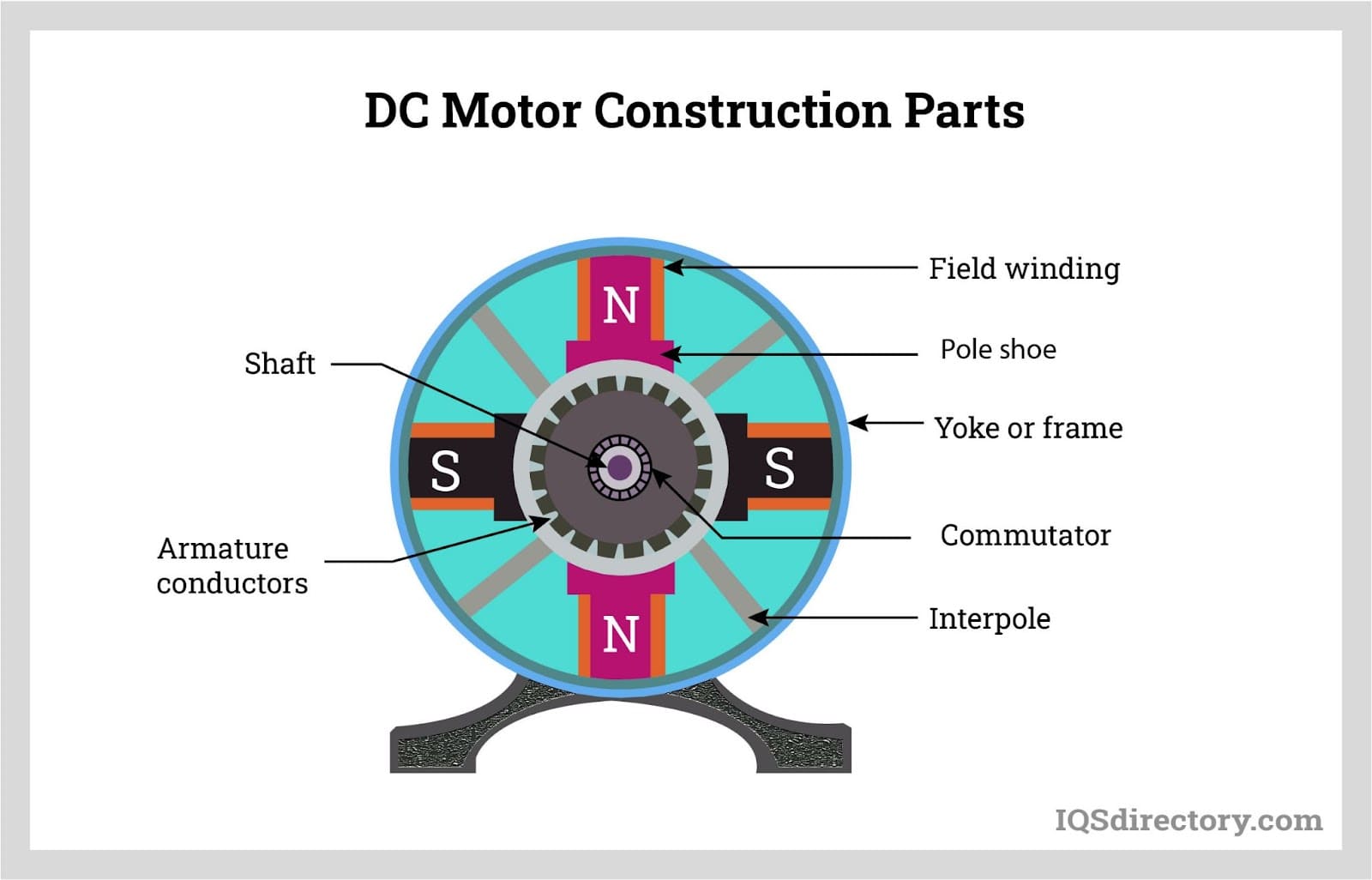

 Hydraulic Cylinders
Hydraulic Cylinders Hydraulic Lifts
Hydraulic Lifts Hydraulic Motors
Hydraulic Motors Hydraulic Presses
Hydraulic Presses Hydraulic Pumps
Hydraulic Pumps Hydraulic Seals
Hydraulic Seals Hydraulic Valves
Hydraulic Valves Castings & Forgings
Castings & Forgings Bulk Material Handling
Bulk Material Handling Electrical & Electronic Components
Electrical & Electronic Components Flow Instrumentation
Flow Instrumentation Hardware
Hardware Material Handling Equipment
Material Handling Equipment Metal Cutting Services
Metal Cutting Services Metal Forming Services
Metal Forming Services Metal Suppliers
Metal Suppliers Motion Control Products
Motion Control Products Plant & Facility Equipment
Plant & Facility Equipment Plant & Facility Supplies
Plant & Facility Supplies Plastic Molding Processes
Plastic Molding Processes Pumps & Valves
Pumps & Valves Recycling Equipment
Recycling Equipment Rubber Products & Services
Rubber Products & Services